Home>Furniture & Design>Interior Design Trends>What Breaks Bulletproof Glass
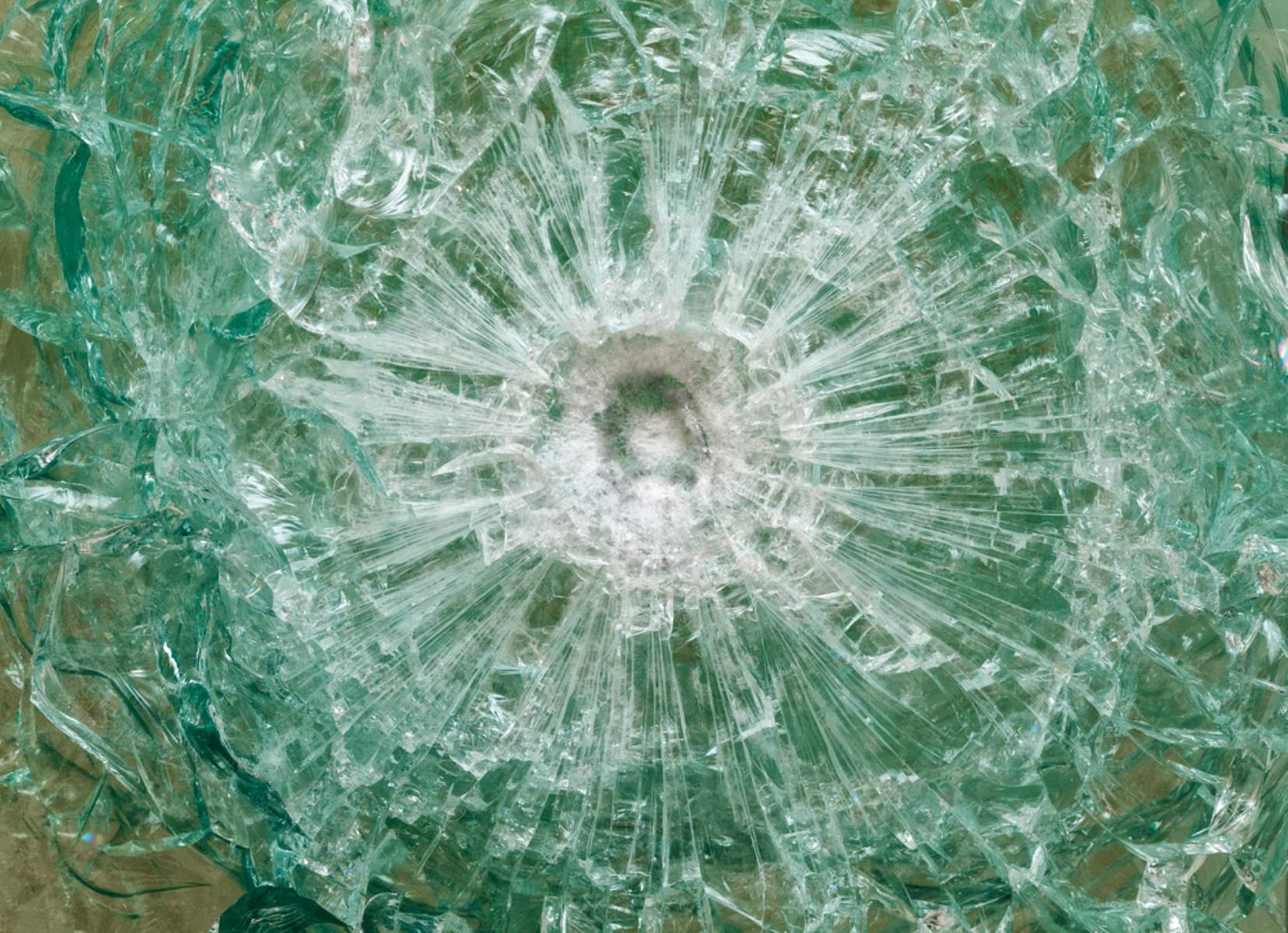

Interior Design Trends
What Breaks Bulletproof Glass
Modified: April 22, 2024
Discover the latest interior design trends and learn what breaks bulletproof glass. Stay ahead of the curve with our expert insights.
(Many of the links in this article redirect to a specific reviewed product. Your purchase of these products through affiliate links helps to generate commission for Storables.com, at no extra cost. Learn more)
Introduction
Bulletproof glass, also known as ballistic glass, is a specialized type of glass designed to withstand high-velocity impacts, such as those from bullets or other projectiles. It is a crucial component in various security applications, including armored vehicles, banks, government buildings, and high-security facilities. The development of bulletproof glass has been a significant advancement in security technology, providing protection against potential threats while allowing visibility and transparency.
The evolution of bulletproof glass has been driven by the increasing need for enhanced security measures in response to evolving threats. As criminal activities and security risks continue to pose challenges, the demand for advanced protective solutions has surged. Bulletproof glass has become an integral part of security infrastructure, offering a formidable barrier against armed attacks and intrusions.
In recent years, the development of bulletproof glass has expanded to encompass a diverse range of applications, from commercial and residential buildings to retail establishments and public institutions. This widespread adoption underscores the critical role of bulletproof glass in safeguarding people and assets in various environments.
Understanding the intricacies of bulletproof glass, including its composition, capabilities, and limitations, is essential for making informed decisions regarding security measures. This article delves into the different types of bulletproof glass, the factors that can compromise its integrity, and the rigorous testing and standards that govern its performance. By exploring these aspects, readers will gain valuable insights into the complexities of bulletproof glass and its pivotal role in modern security strategies.
Key Takeaways:
- Bulletproof glass comes in different types, like acrylic laminates and ceramic-based glass, offering adaptable protection for various settings, from banks to military vehicles.
- Factors like extreme impact velocity and material defects can compromise bulletproof glass, so proactive maintenance and adherence to industry standards are crucial for ensuring its effectiveness in safeguarding against security threats.
Read more: What Can Break Bulletproof Glass
Types of Bulletproof Glass
Bulletproof glass is available in various forms, each tailored to specific security requirements and environmental conditions. The diverse range of bulletproof glass types reflects the need for adaptable and effective protective solutions in different settings. Understanding the characteristics and applications of these variations is crucial for selecting the most suitable option for a given security scenario.
-
Acrylic Laminates: Also known as polycarbonate, acrylic laminates consist of multiple layers of glass and plastic. This composition provides exceptional impact resistance, making it suitable for applications requiring lightweight and flexible bulletproof solutions. Acrylic laminates are commonly used in retail settings, such as jewelry stores and banks, where transparency and protection are both essential.
-
Polycarbonate-Clad Glass: This type of bulletproof glass combines the strength of polycarbonate with the durability of glass. By bonding polycarbonate sheets to conventional glass, this hybrid solution offers enhanced resistance to forced entry and ballistic threats. Polycarbonate-clad glass is often utilized in government buildings, embassies, and high-security facilities where comprehensive protection is paramount.
-
Glass-Clad Polycarbonate: In contrast to polycarbonate-clad glass, this variant features a polycarbonate core encased within layers of glass. This design leverages the impact-resistant properties of polycarbonate while benefiting from the rigidity and optical clarity of glass. Glass-clad polycarbonate is commonly employed in armored vehicles, military installations, and VIP transport, where a balance of protection and visibility is essential.
-
Ceramic-Based Glass: Ceramic-based bulletproof glass incorporates ceramic elements to bolster its resistance to ballistic threats. This advanced composition enhances the glass's ability to withstand high-velocity impacts and multi-shot scenarios, making it suitable for military and law enforcement applications. Ceramic-based glass is engineered to provide superior protection against armor-piercing ammunition and explosive projectiles.
-
Transparent Armor: Transparent armor represents a cutting-edge advancement in bulletproof glass technology, offering unparalleled strength and optical clarity. Comprising multiple layers of glass, polycarbonate, and specialized coatings, transparent armor delivers exceptional ballistic resistance while maintaining transparency. This innovative solution is deployed in military vehicles, security checkpoints, and critical infrastructure, where uncompromising protection and visibility are imperative.
Each type of bulletproof glass possesses unique attributes that cater to specific security needs, from retail and commercial settings to high-risk environments. The diverse range of options underscores the adaptability and effectiveness of bulletproof glass in mitigating security threats and safeguarding individuals and assets. By understanding the distinct characteristics of these variations, security professionals and decision-makers can make informed choices to fortify their defenses against potential risks.
Factors that Break Bulletproof Glass
Bulletproof glass is engineered to withstand formidable forces and resist ballistic threats, but certain factors can compromise its integrity and effectiveness. Understanding these potential vulnerabilities is crucial for implementing comprehensive security measures and mitigating risks. The following factors can contribute to the breakdown of bulletproof glass:
-
Extreme Impact Velocity: While bulletproof glass is designed to withstand high-velocity impacts, exceedingly powerful projectiles, such as armor-piercing ammunition or explosive devices, can exceed its protective capabilities. The sheer kinetic energy generated by such projectiles can surpass the glass's resistance, leading to penetration or structural damage.
-
Repetitive Strikes: Sustained and repetitive strikes in the same area of bulletproof glass can weaken its structural integrity over time. This phenomenon, known as spalling, occurs when the glass's inner layers are compromised due to successive impacts, eventually leading to the formation of cracks or fractures. Spalling can diminish the glass's ballistic resistance and necessitate timely replacement or repair.
-
Material Defects: Inherent flaws or imperfections in the composition of bulletproof glass, such as air bubbles, delamination, or uneven lamination, can undermine its protective properties. These material defects create weak points within the glass, making it susceptible to failure upon impact. Quality control and meticulous manufacturing processes are essential for minimizing material defects and ensuring the reliability of bulletproof glass.
-
Environmental Stressors: Exposure to environmental elements, such as extreme temperatures, humidity, and UV radiation, can degrade the structural integrity of bulletproof glass over time. Prolonged exposure to harsh environmental conditions can weaken the glass's molecular bonds, leading to diminished impact resistance and optical clarity. Regular maintenance and protective coatings are essential for preserving the longevity and performance of bulletproof glass in diverse environments.
-
Improper Installation: Incorrect installation or inadequate anchoring of bulletproof glass can compromise its protective capabilities. Insufficient support or improper sealing can create vulnerabilities that undermine the glass's ability to withstand ballistic threats. Adhering to industry best practices and engaging certified professionals for installation are critical to ensuring the optimal performance and reliability of bulletproof glass systems.
-
Inadequate Maintenance: Neglecting routine maintenance and inspection of bulletproof glass can exacerbate wear and tear, diminishing its protective efficacy. Accumulated debris, scratches, or surface damage can weaken the glass's structural integrity and optical clarity, impairing its ability to resist ballistic threats. Regular cleaning, inspection, and maintenance protocols are essential for preserving the functionality and appearance of bulletproof glass installations.
By recognizing these factors that can compromise bulletproof glass, security professionals and stakeholders can proactively address potential vulnerabilities and reinforce their security infrastructure. Implementing proactive maintenance, adhering to industry standards, and leveraging advanced technologies are essential strategies for enhancing the resilience and effectiveness of bulletproof glass in diverse security applications.
Testing and Standards for Bulletproof Glass
The reliability and effectiveness of bulletproof glass are rigorously evaluated through comprehensive testing procedures and adherence to stringent standards. These protocols are essential for validating the ballistic resistance, structural integrity, and optical quality of bulletproof glass, ensuring that it meets the demanding requirements of diverse security applications.
Ballistic Testing
Ballistic testing serves as a pivotal assessment of bulletproof glass performance, simulating real-world scenarios to gauge its ability to withstand ballistic threats. This testing involves subjecting the glass to controlled ballistic impacts using various types of ammunition, including handguns, rifles, and specialized projectiles. The glass's capacity to resist penetration, spalling, and fragmentation is meticulously scrutinized, providing critical insights into its ballistic protection levels.
Read more: How To Break Bulletproof Glass
Blast Resistance Testing
In addition to ballistic testing, bulletproof glass designed for high-risk environments undergoes blast resistance testing to evaluate its resilience against explosive forces. This testing assesses the glass's ability to mitigate the effects of blast waves, fragmentation, and structural deformation resulting from explosive incidents. By subjecting the glass to controlled blast pressures and shock waves, its capacity to withstand explosive threats is thoroughly examined, ensuring optimal protection in volatile settings.
Standards and Certifications
Bulletproof glass is held to exacting standards established by renowned certification bodies and regulatory organizations. These standards encompass a wide spectrum of criteria, including ballistic resistance levels, optical clarity, environmental durability, and material composition. Compliance with recognized standards, such as those set forth by the National Institute of Justice (NIJ), Underwriters Laboratories (UL), and European Committee for Standardization (CEN), validates the glass's performance and instills confidence in its protective capabilities.
Quality Assurance and Durability Testing
To guarantee the long-term reliability and durability of bulletproof glass, quality assurance and durability testing are integral components of the evaluation process. These tests encompass assessments of the glass's resistance to environmental stressors, UV degradation, temperature differentials, and structural fatigue. By subjecting the glass to prolonged exposure and simulated operational conditions, its ability to maintain ballistic integrity and optical clarity over time is thoroughly scrutinized, ensuring sustained protection and performance.
Transparent Armor Solutions
In the realm of transparent armor solutions, such as those utilized in military vehicles and security checkpoints, specialized testing protocols are employed to validate their exceptional ballistic resistance and optical properties. Transparent armor undergoes stringent testing to assess its ability to withstand armor-piercing ammunition, multi-hit scenarios, and extreme environmental conditions, ensuring unparalleled protection and visibility in high-stakes security environments.
By adhering to these rigorous testing and certification processes, manufacturers and suppliers of bulletproof glass demonstrate their commitment to delivering reliable and high-performance security solutions. These comprehensive evaluations and adherence to industry standards underscore the resilience and effectiveness of bulletproof glass in safeguarding individuals, assets, and critical infrastructure against evolving security threats.
Read more: How Thick Is Bulletproof Glass
Conclusion
In conclusion, the evolution of bulletproof glass has revolutionized security measures, offering a formidable defense against ballistic threats while maintaining transparency and visibility. The diverse range of bulletproof glass types, including acrylic laminates, polycarbonate-clad glass, glass-clad polycarbonate, ceramic-based glass, and transparent armor, underscores the adaptability and effectiveness of these protective solutions in various security applications.
While bulletproof glass is engineered to withstand formidable forces, it is essential to recognize the factors that can compromise its integrity, such as extreme impact velocity, repetitive strikes, material defects, environmental stressors, improper installation, and inadequate maintenance. By understanding these vulnerabilities, security professionals can proactively address potential risks and reinforce their security infrastructure to enhance resilience and effectiveness.
The reliability and effectiveness of bulletproof glass are rigorously evaluated through comprehensive testing procedures, including ballistic testing, blast resistance testing, adherence to standards and certifications, quality assurance, durability testing, and specialized testing for transparent armor solutions. These stringent protocols validate the glass's performance, durability, and protective capabilities, instilling confidence in its ability to safeguard individuals, assets, and critical infrastructure.
As the demand for advanced security measures continues to surge in response to evolving threats, the role of bulletproof glass in modern security strategies remains pivotal. By leveraging the insights gained from the diverse types of bulletproof glass, understanding potential vulnerabilities, and adhering to rigorous testing and standards, stakeholders can make informed decisions to fortify their defenses and mitigate security risks effectively.
In an era marked by increasing security challenges, the advancements in bulletproof glass technology exemplify the relentless pursuit of innovative solutions to safeguard lives and assets. The ongoing refinement and adaptation of bulletproof glass underscore its indispensable role in fortifying security infrastructure across diverse environments, providing a critical line of defense against potential threats.
Ultimately, the continued evolution and application of bulletproof glass reflect a collective commitment to enhancing security measures and preserving safety in an ever-changing world. By embracing the complexities and capabilities of bulletproof glass, stakeholders can navigate security challenges with confidence, knowing that they have a resilient and reliable protective solution at their disposal.
Frequently Asked Questions about What Breaks Bulletproof Glass
Was this page helpful?
At Storables.com, we guarantee accurate and reliable information. Our content, validated by Expert Board Contributors, is crafted following stringent Editorial Policies. We're committed to providing you with well-researched, expert-backed insights for all your informational needs.
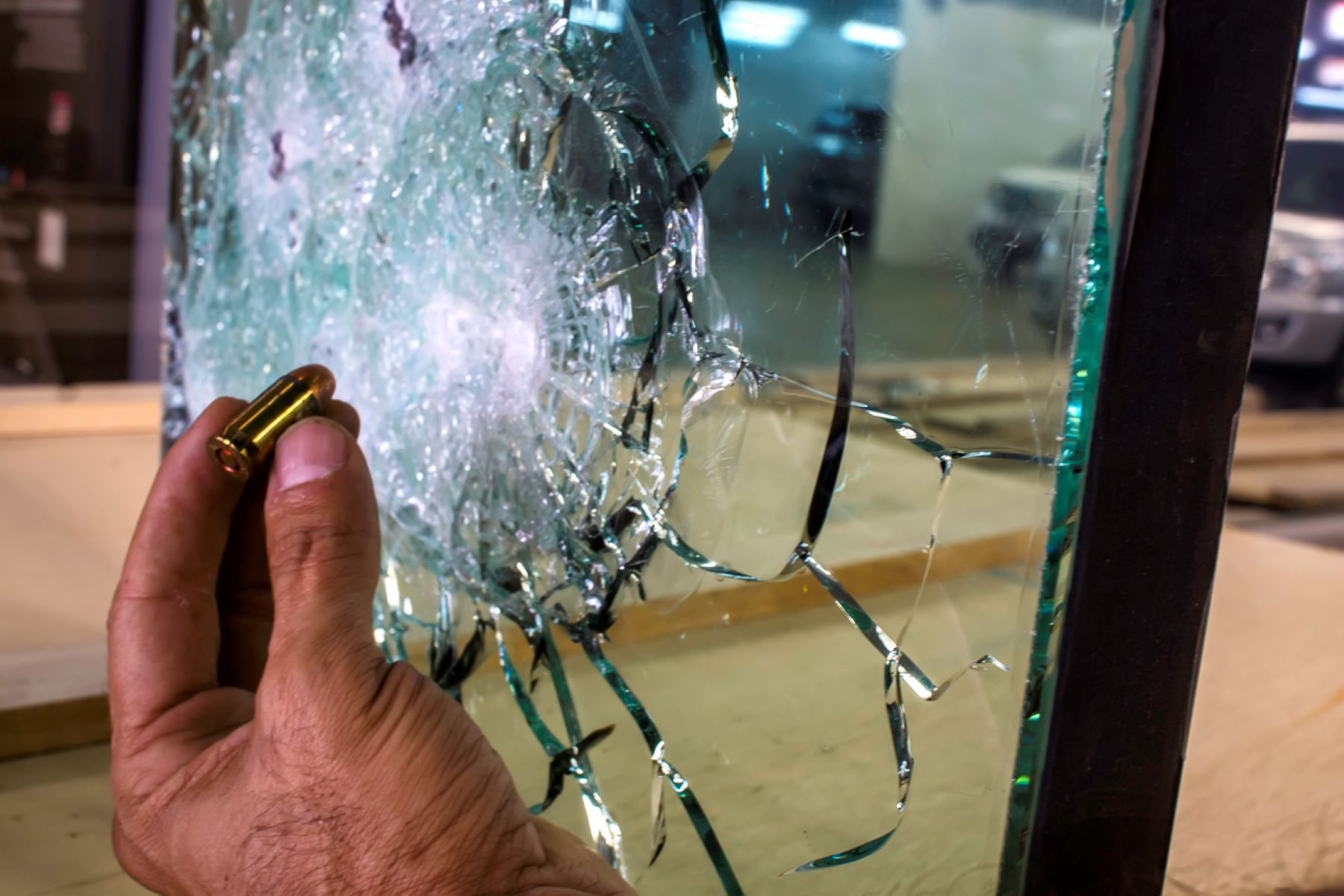
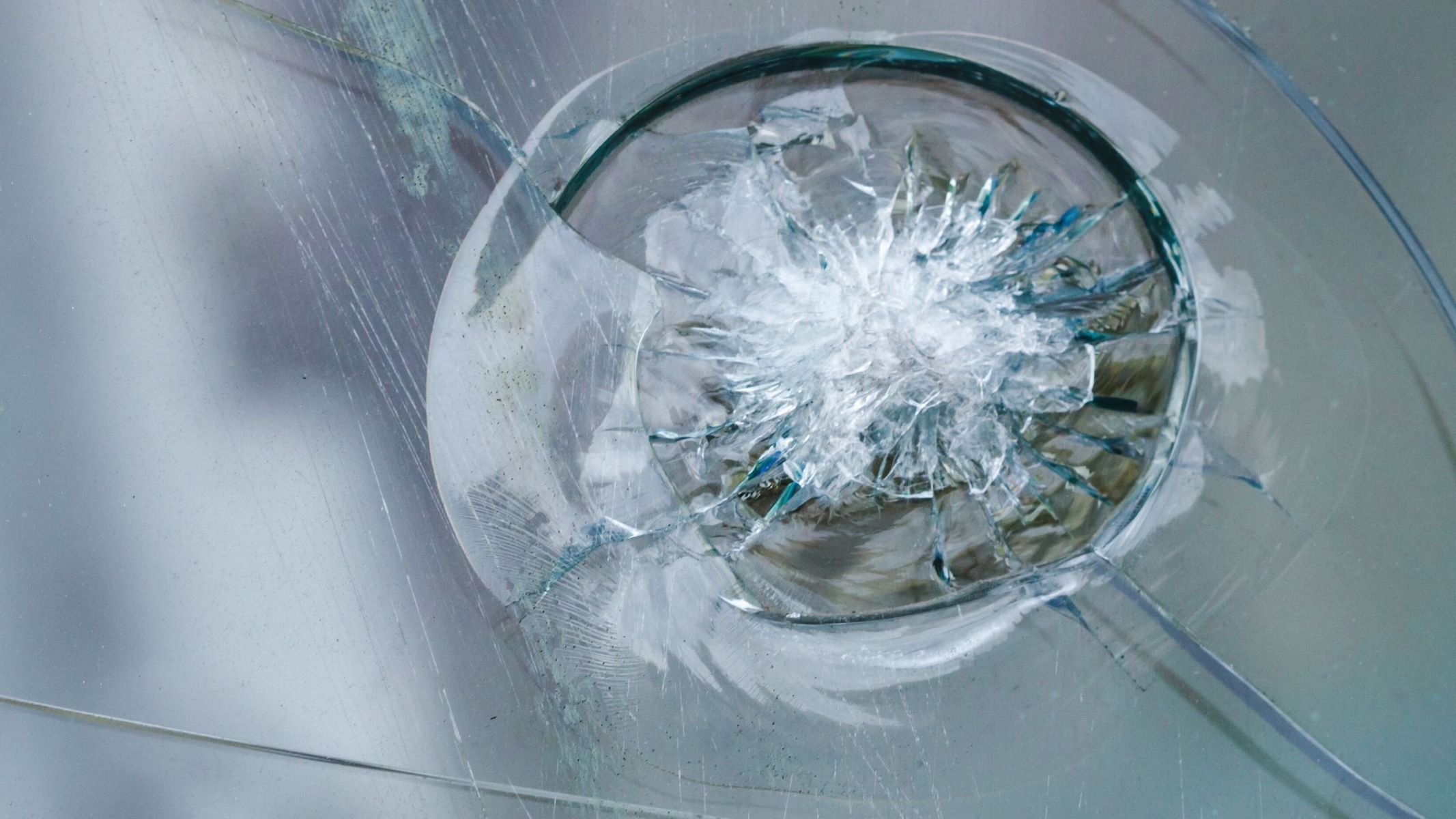
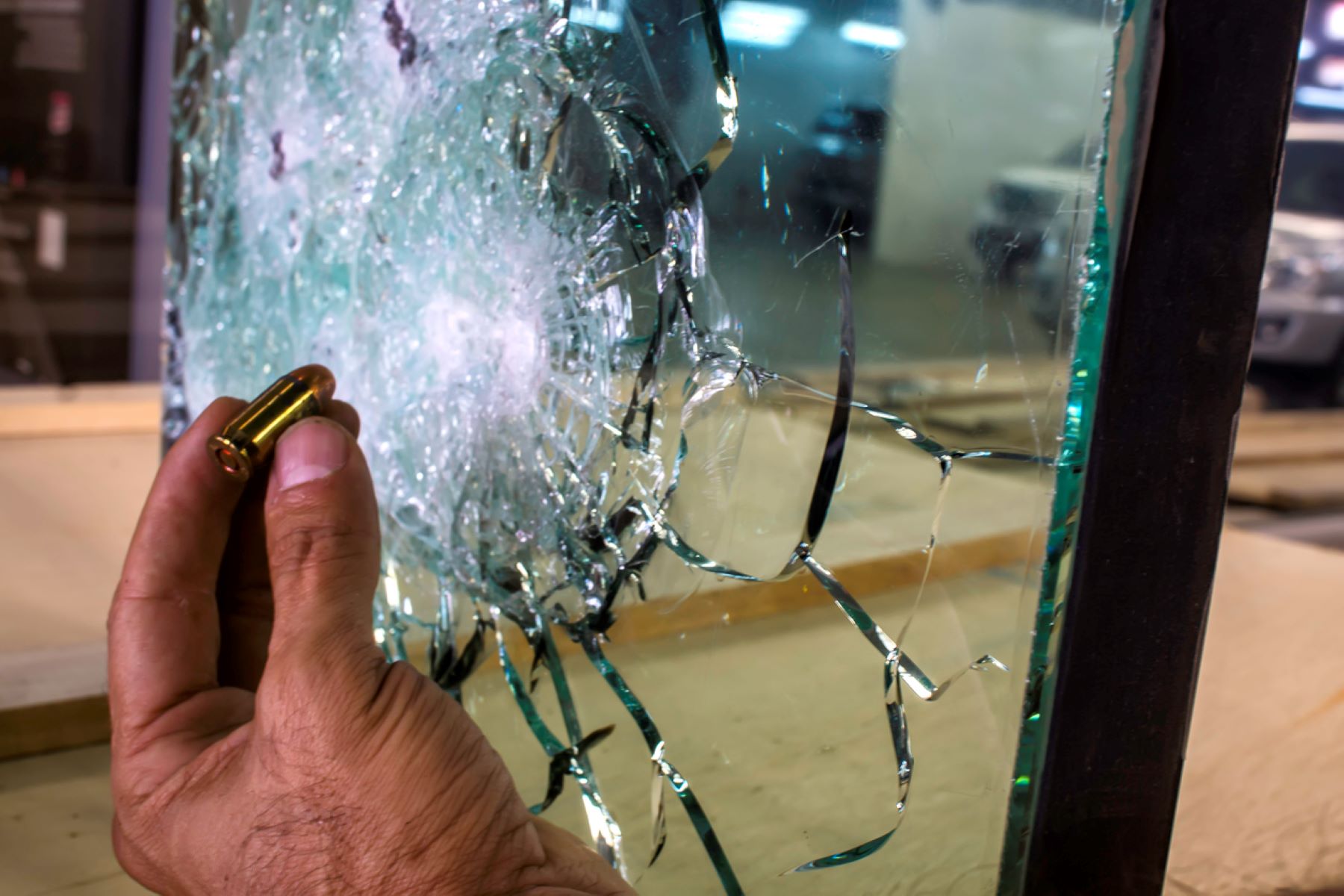
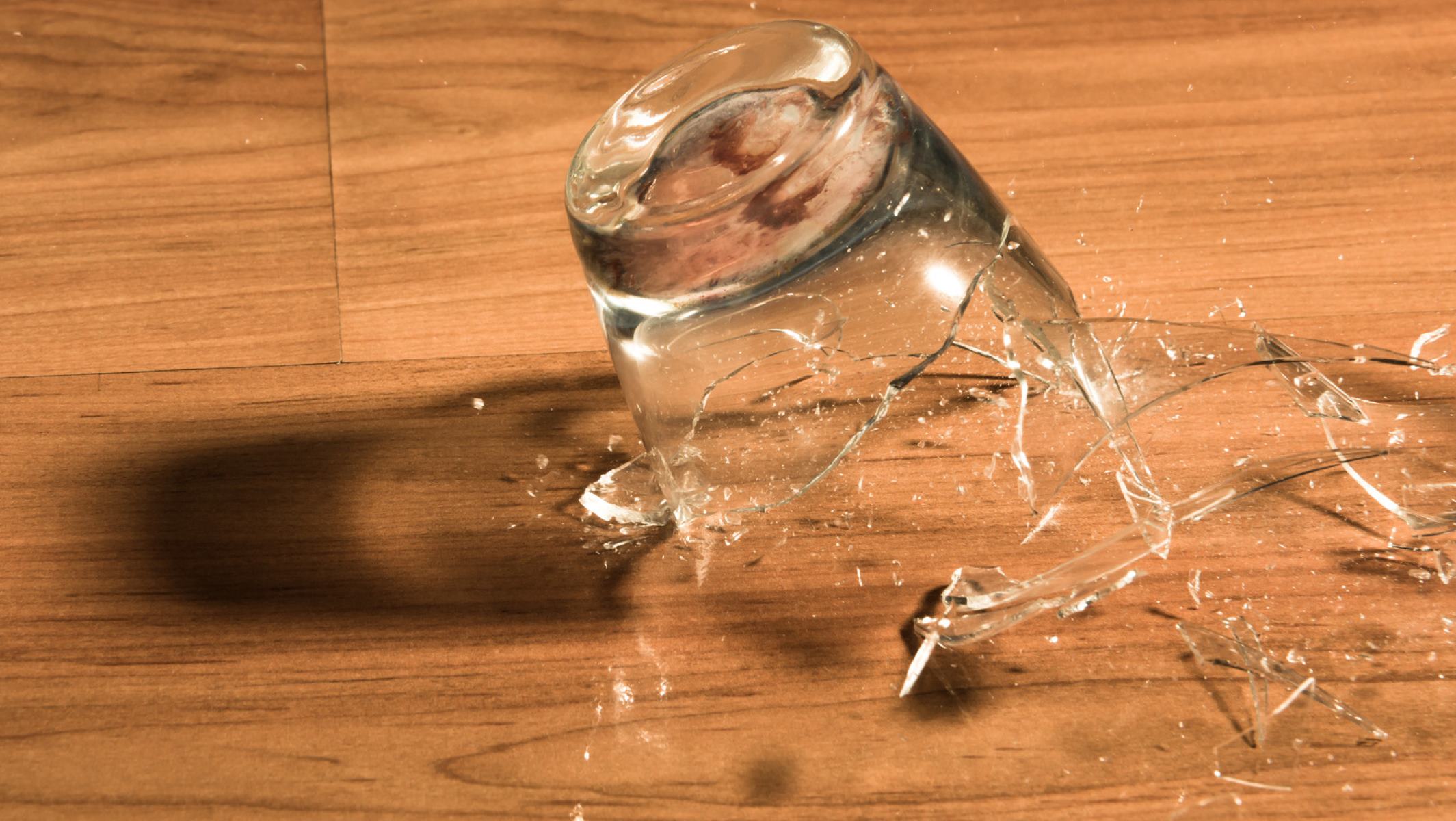
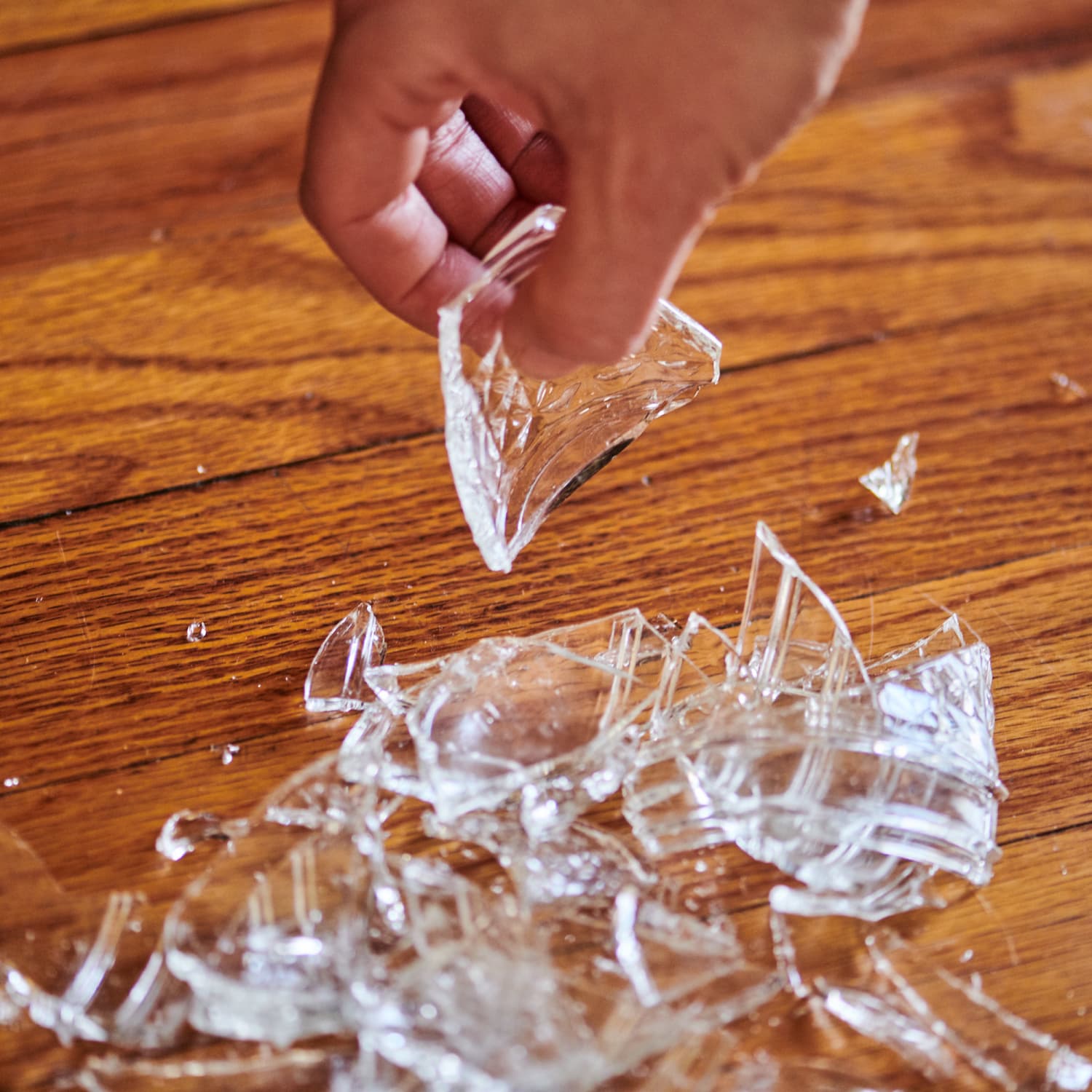
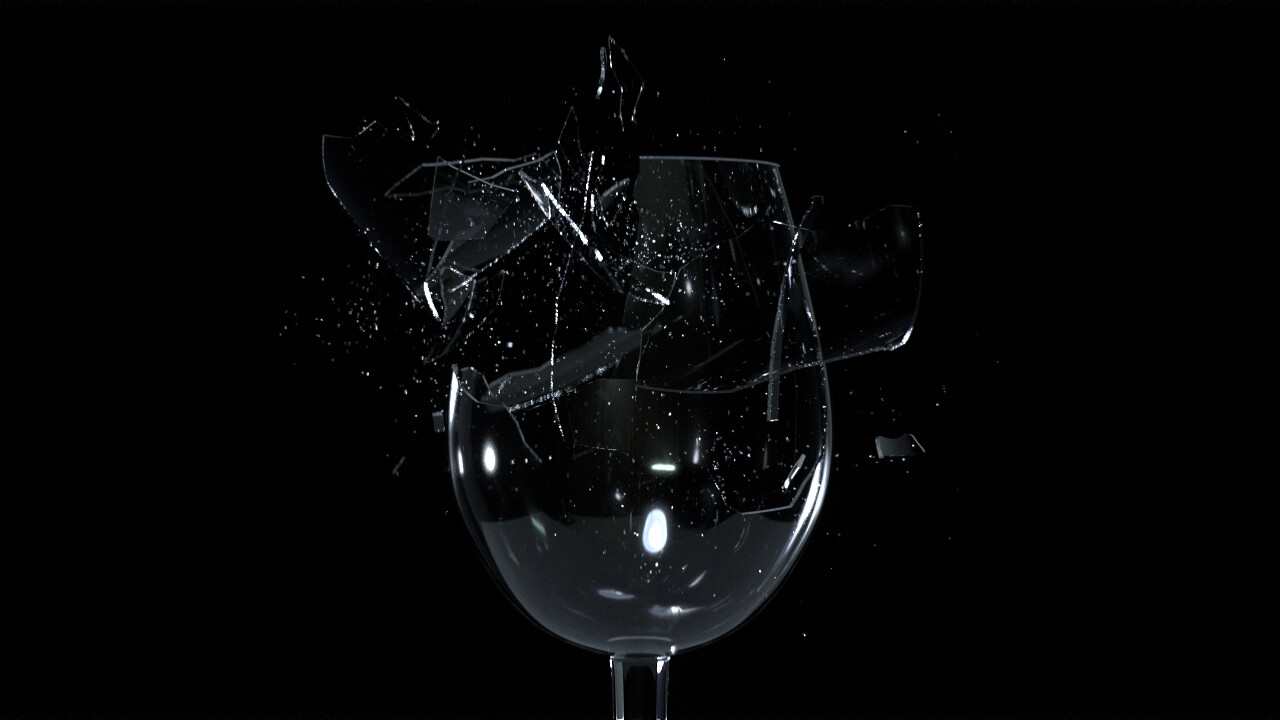
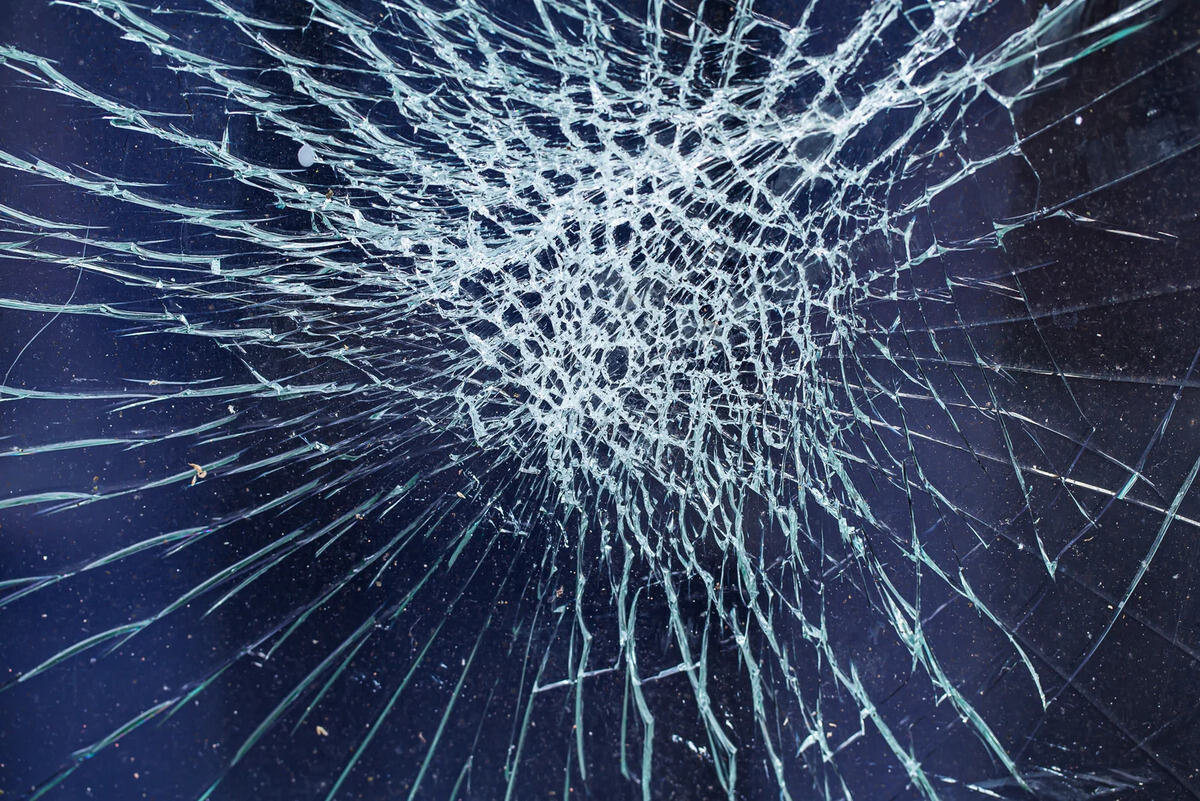
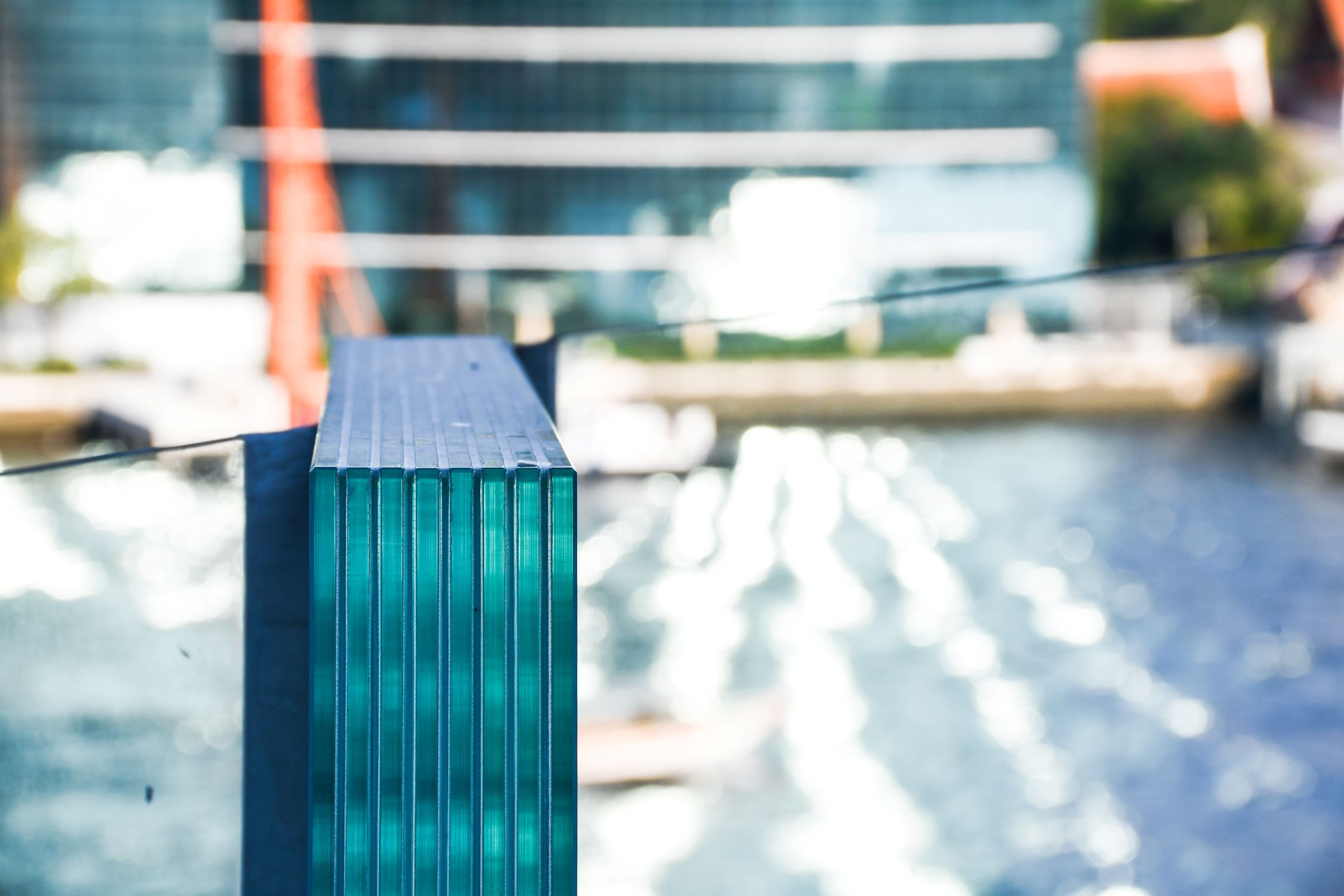
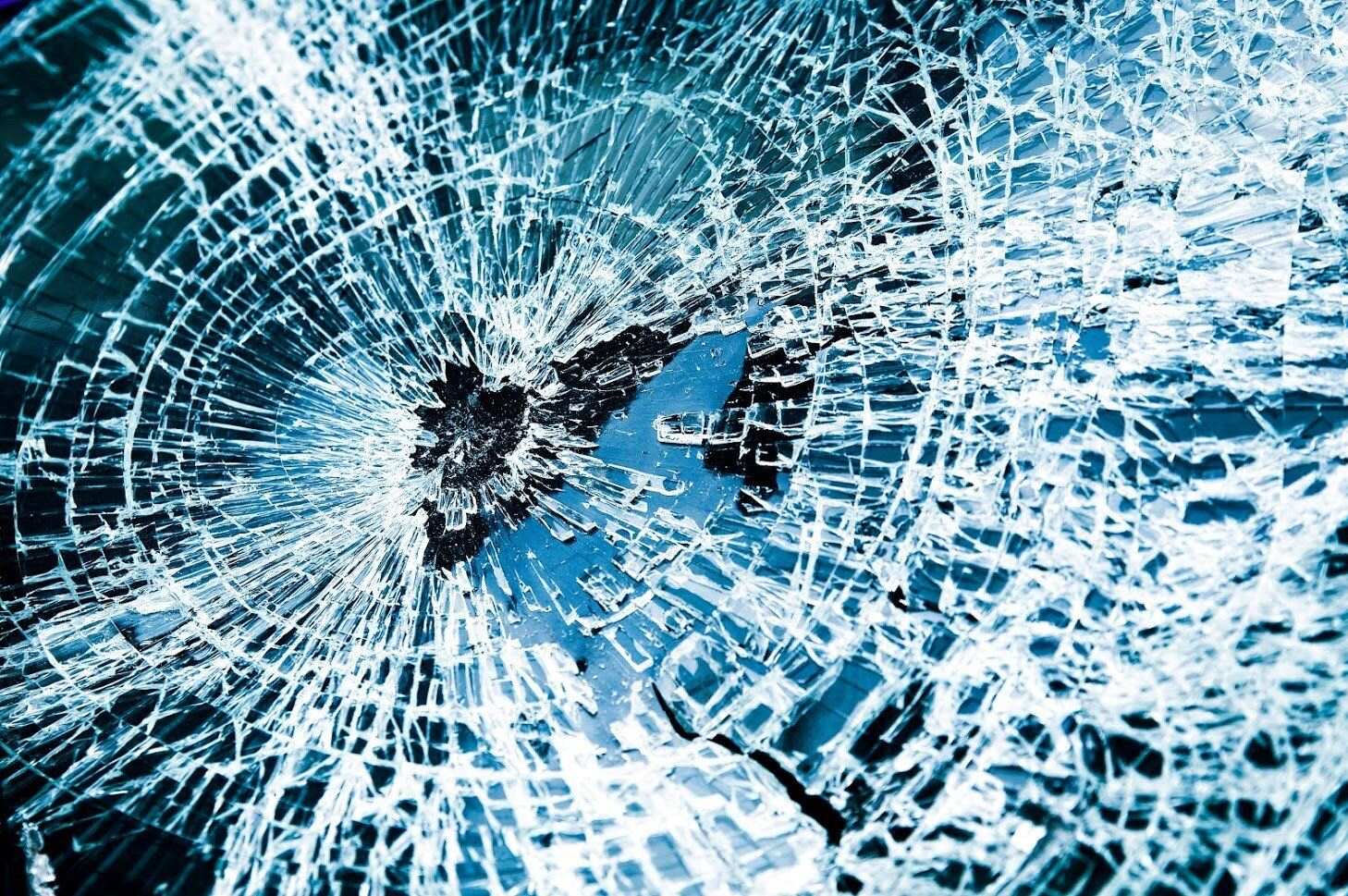
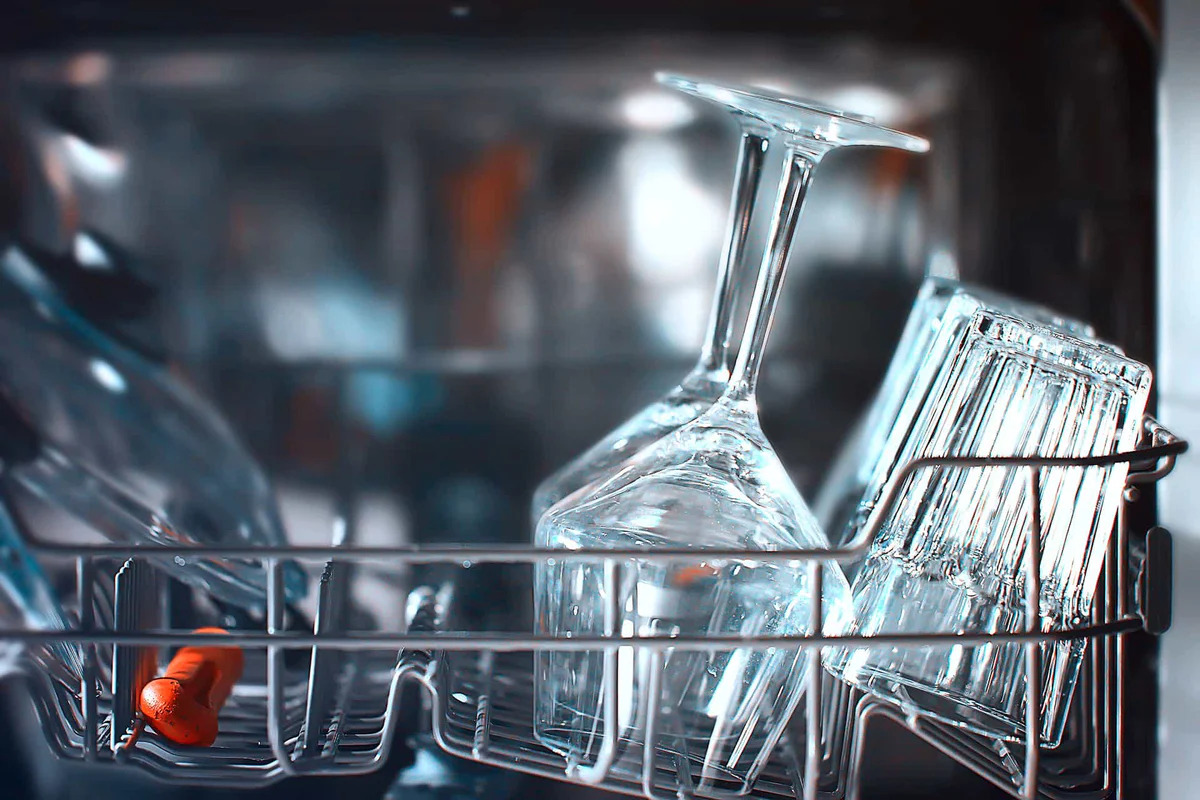
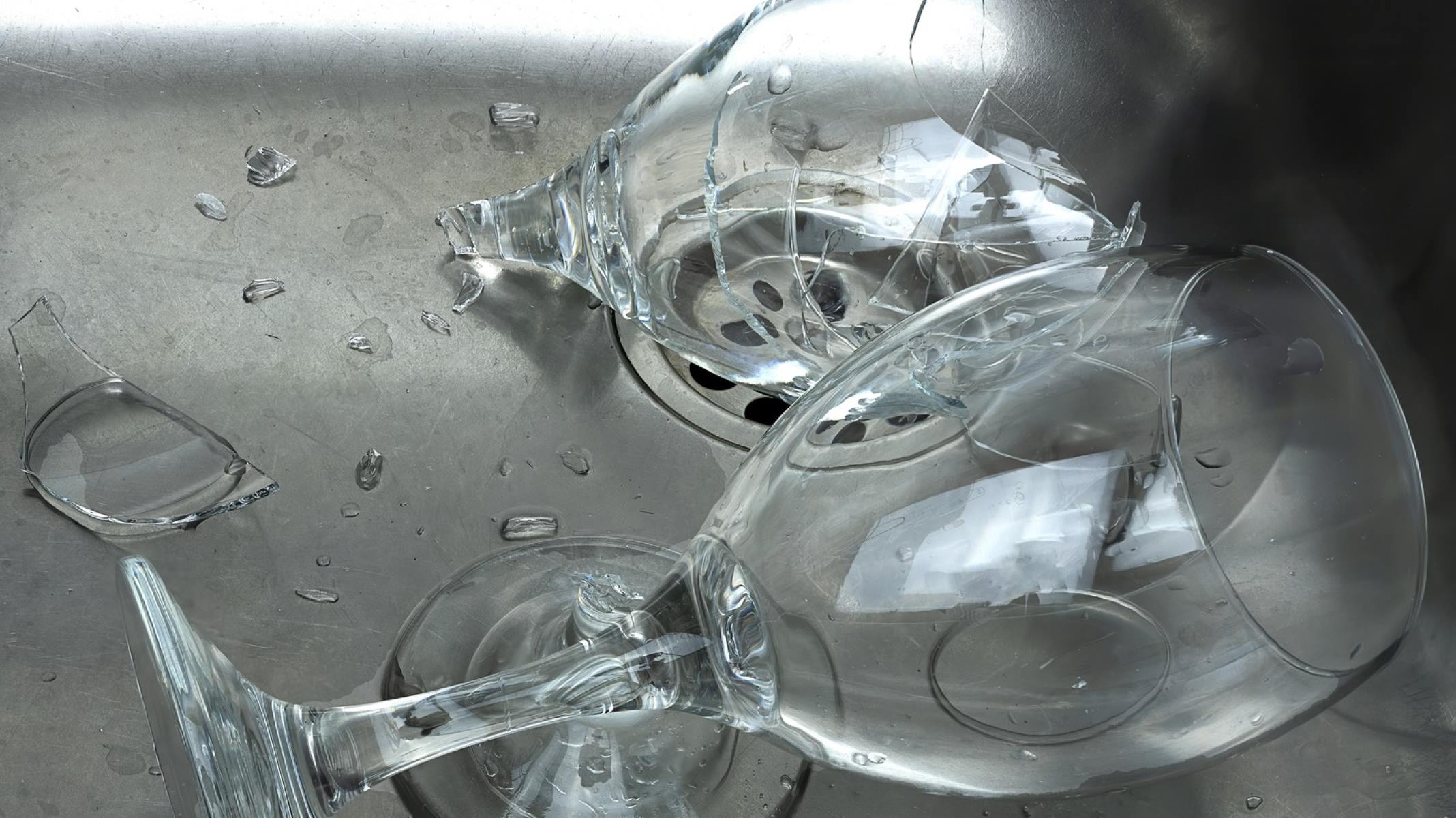
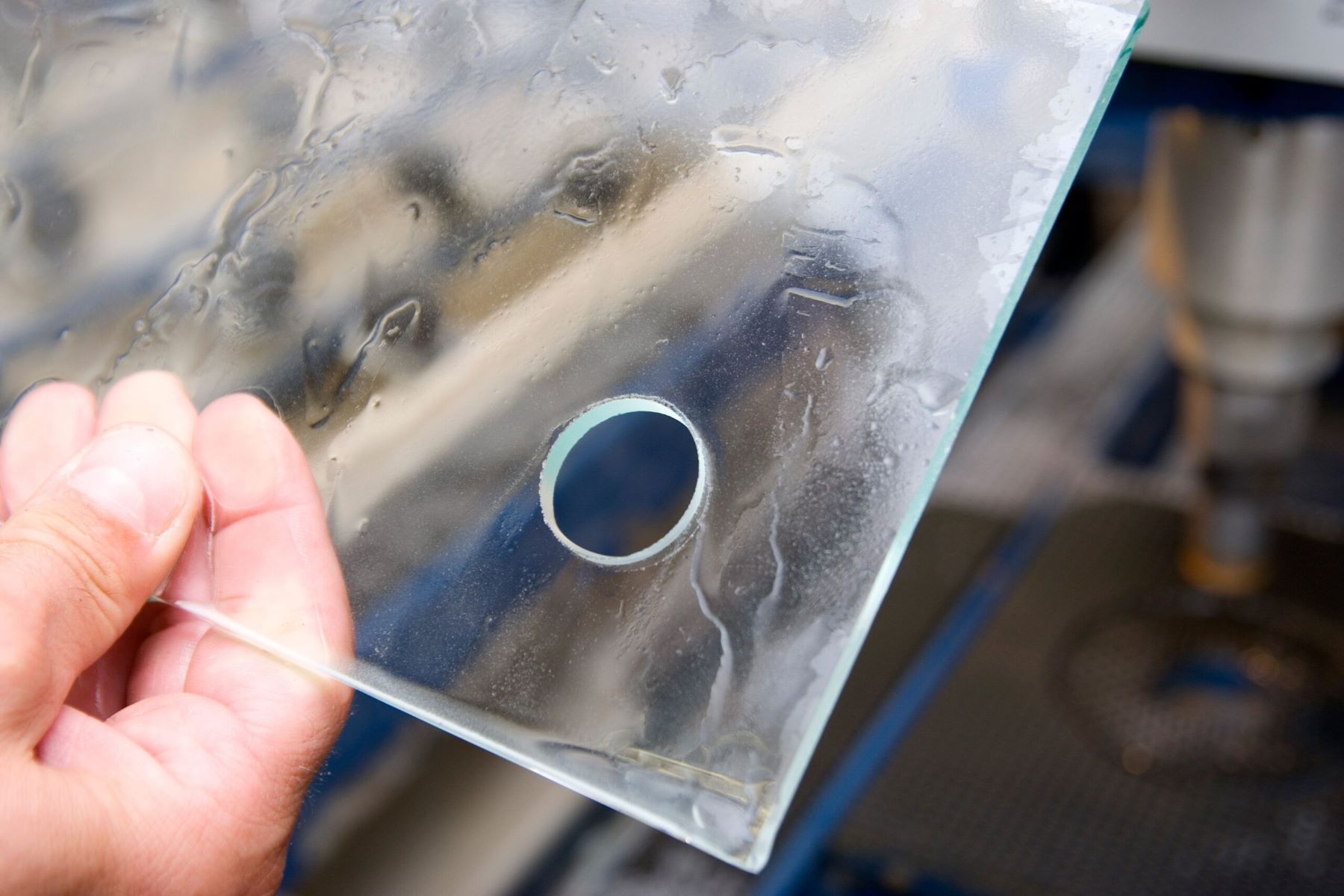


0 thoughts on “What Breaks Bulletproof Glass”